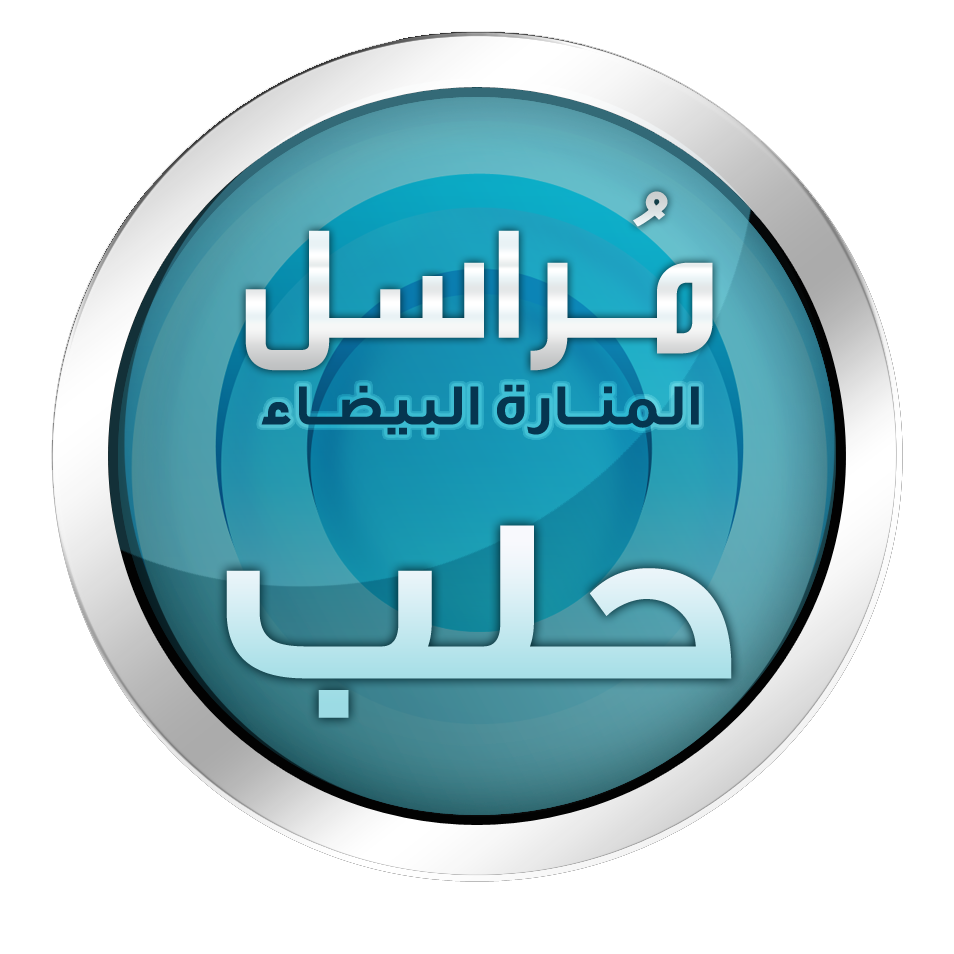
___________________
To inquire about a translation for this video message for a fee email: [email protected]
Category: Hizballah
Hizballah Cavalcade: Al-Quwat al-Ja’afariyah & Liwa al-Sayyida Ruqayya: The Building of an 'Islamic Resistance' in Syria
NOTE: For prior parts in the Hizballah Cavalcade series you can view an archive of it all here.
—
Al-Quwat al-Ja’afariyah & Liwa al-Sayyida Ruqayya: The Building of an “Islamic Resistance” in Syria
By Phillip Smyth
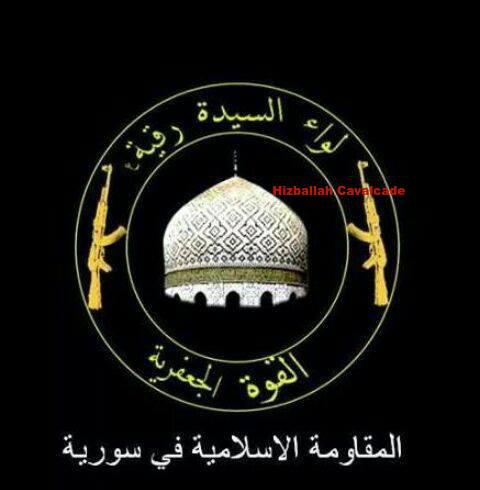
Figure 1: The logo belonging to Al-Quwat al-Ja’afariyah’s Liwa al-Sayyida Ruqayyah. The symbol features two golden Kalashnikov-type rifles flanking the white dome of the Sayyida Ruqayyah shrine. The group’s logo bears many similarities to Kata’ib Sayyid al-Shuahda’s. Both feature a shrine dome in the center of a roundel flanked by Kalashnikov-type rifles.
Since the creation of Syria’s pro-Assad National Defense Forces (NDF), there has been a rise in Syria-based sectarian militia groups with Iranian training and advisors. Al-Quwat al-Ja’afariyah (The Ja’afari Force) has attempted to market itself as one of these types of organizations. The group has also described itself as “al-muqawama al-islamiyah fi suriya” (“The Islamic Resistance in Syria”) and has pushed its own Shia identity mixed with pro-Assad Syrian nationalist and pro-Iranian proxy material. These elements of group identity suggest the militia pulls members from Syria’s small Shia community while still being influenced by external allied actors.
A process where local pro-Assad militias have been modeled off of Lebanese Hizballah has been a continuing development. This has especially been the case with Alawite-manned and Shia-manned militias. Syria’s first major Shia militia, Liwa Abu Fadl al-Abbas (LAFA) maintained close links to the Assad regime and Lebanese Hizballah. Even with Lebanese Hizballah’s aid, local actors such as LAFA’s secretary general, Abu Ajeeb, generally led LAFA’s command and control functions.
Unlike many of the other groups which have also worked closely with Lebanese Hizballah, Al-Quwat al-Ja’afariyah has also claimed to be a Syria-based subdivision belonging to the Iraqi Shia Iran-proxy, Kata’ib Sayyid al-Shuhada (KSS).
A number of Syria-based Shia militias have their own Iraqi wings and some Iraqi Shia political parties have external branches. Nonetheless, Al-Quwat al-Ja’afariyah is the only Syrian Shia militia which has declared itself as a sub-division of an Iraq-based Iraqi Shia Islamist group, yet began life as a component of an established Assad element (the NDF).
The first prominent mentions of Al-Quwat al-Ja’afariyah or its professed sub-militia Liwa al-Sayyida Ruqayya came with the April 6, 2013 death of NDF leader Shaker Rashid Darwish (A.K.A. Al-Ja’afari). Despite the group being around for a number of years, it lacked a formal announcement or acknowledgement outside of a small number of accounts on social media. At different times throughout 2014, the group’s members would often pose for photos in their battle dress uniforms. These photos regularly found their way onto mediums such as Facebook and could only be accessed via private Facebook profiles.
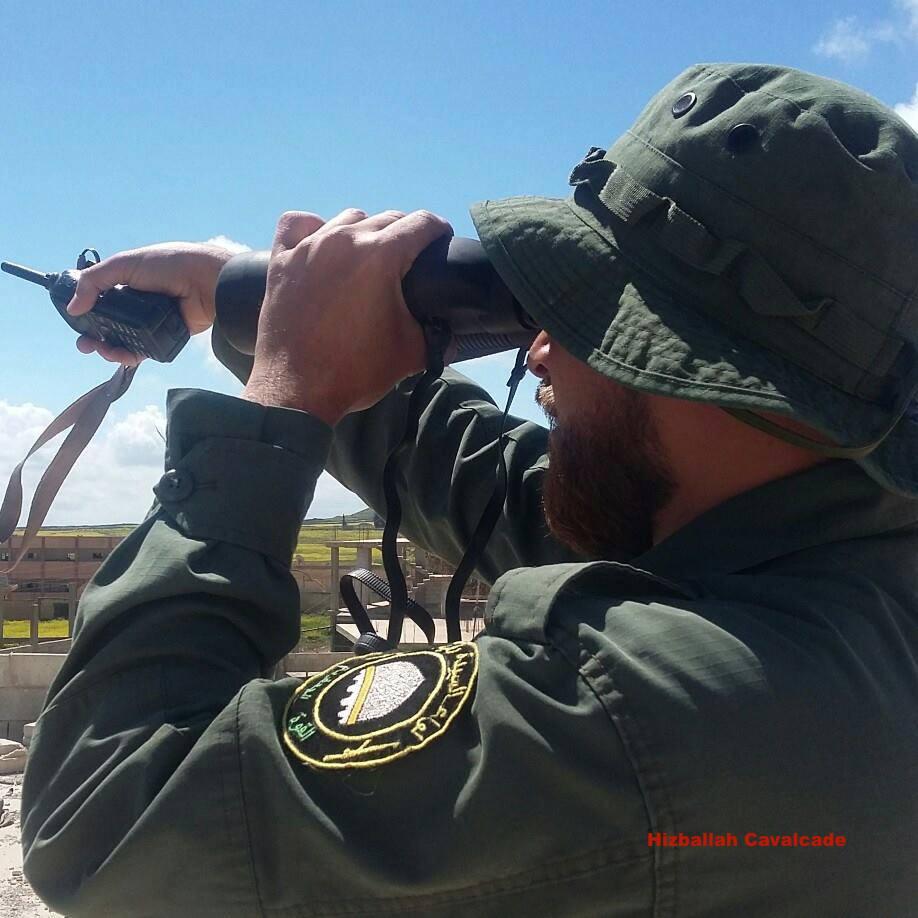
Figure 2: A militiaman belonging to Liwa al-Saqiyah Ruqayya wearing the group’s distinctive patch.
What set these photos aside from other uploaded images of Syrian and Iraqi Shia militiamen in Syria was that these fighters’ uniforms would feature unique patches. This patch included the group’s name along with a stylized version of the white dome of the Sayyida Ruqayya shrine in Damascus, Syria.
By late August 2015, due to an increased public presence by Al-Quwat al-Ja’afariyah on social media (via KSS’s own media apparatuses), and due to the death of Quwat al-Ja’afariyah commander Hasan Kana’an, more attention was granted by Arabic-language (primarily pro-Syrian rebel) media sources. In early July, Liwa al-Sayyida Ruqayya established a number of public Facebook pages and was also mentioned in a September 2015 piece by The Guardian (albeit, the group was incorrectly recognized as the “Sayyida Ruqayya Martyrs Brigade”).
What’s In A Name?
The term, “Ja’afari”, helps highlight Al-Quwat al-Ja’afariyah’s denominational membership. “Ja’afari” is often used as a synonym for “Shia Muslim”. Moreover, in the Twelver Shia tradition, Ja’afar al-Sadiq is considered the sixth and longest serving Imam. The majority of Shia Muslims also adhere to the Ja’afari school of jurisprudence.
Liwa Sayyida Ruqayya gets its name from the Sayyida Ruqayya mosque and shrine. Located in Old Damascus, the Sayyida Ruqayya mosque and shrine houses the remains of Sukayna (a.k.a. Ruqayya), the baby daughter of Twelver Shia Islam’s third Imam, Husayn ibn Ali.
Built in 1985 with Iranian funds, the design of the mosque was described by Iran analyst Nigel Coulthard as, “a pure example of post-revolutionary Iranian architecture that would have been more at home in Tehran than Damascus”. Sociology professor Marnia Lazreg claimed a Syrian policeman told her that the mosque, “was controlled by the Iranian government, which claimed its spiritual ownership.” Design and theological/political control aside, the shrine is one of Syria’s major Shia shrines.
Liwa al-Sayyida Ruqayya & The Militia’s Stages of Development
The main militia falling under the header of Al-Quwat al-Ja’afariyah is Liwa al-Sayyida Ruqayya (The Brigade of Sayyida Ruqayya). At the time of this writing, no other groups have yet been listed as under Quwat al-Ja’afariyah’s umbrella. The continual grouping of these two elements suggests that the groups may be one in the same, as opposed to it being a legitimate sub-militia which reports to a larger umbrella-style grouping or a parent organization.
Liwa al-Sayyida Ruqayya has claimed to be active in the Midan section of southern Damascus and to have fought in Jobar, Otaiba, Dekhania, and other sections to the north and east of Damascus. The group was also deployed to Shaykh Miskin in southern Syria.
Family connections between the group’s members is another noticeable trend. This speaks to how recruitment seeks new members and also shows the limited numbers from which it can recruit. During the militia’s participation in the November 2013 battles around Otaiba, Ali Mahmoud Darwish (A.K.A. Karar) and the 16 year-old fighter, Jawad Abbas Darwish (A.K.A. Abu Turab), were both killed. Reportedly, these fighters were cousins and were likely related to Shaker Rashid Darwish.

Figure 3: The Liwa al-Sayyida Ruqayya martyrdom poster for Hasan Ahmed Kana’an. He is listed as a “martyr commander”. Additionally, Liwa al-Sayyida al-Ruqayya is described as, “The Islamic Resistance in Syria”. Interestingly, despite the group’s links to Irqi KSS, on this poster the “Islamic Resistance in Syria and Lebanon” is mentioned and not the“Islamic Resistance in Iraq”.
There were number of developmental stages for the current Quwat al-Ja’afariyah and Liwa al-Sayyida Ruqayya. The first began with its inception as an NDF sub-militia in 2013. Then, the group’s fighters appeared under a number of different monikers. These names included, Huras al-Sayyida Ruqayya (The Guardians of Sayyida Ruqayya) and Liwa Ansar al-Husayn (The Brigade of the Supporters of Husayn). Whether these groups are still in existence, were little more than temporary fronts, or are elements of other units is unknown.
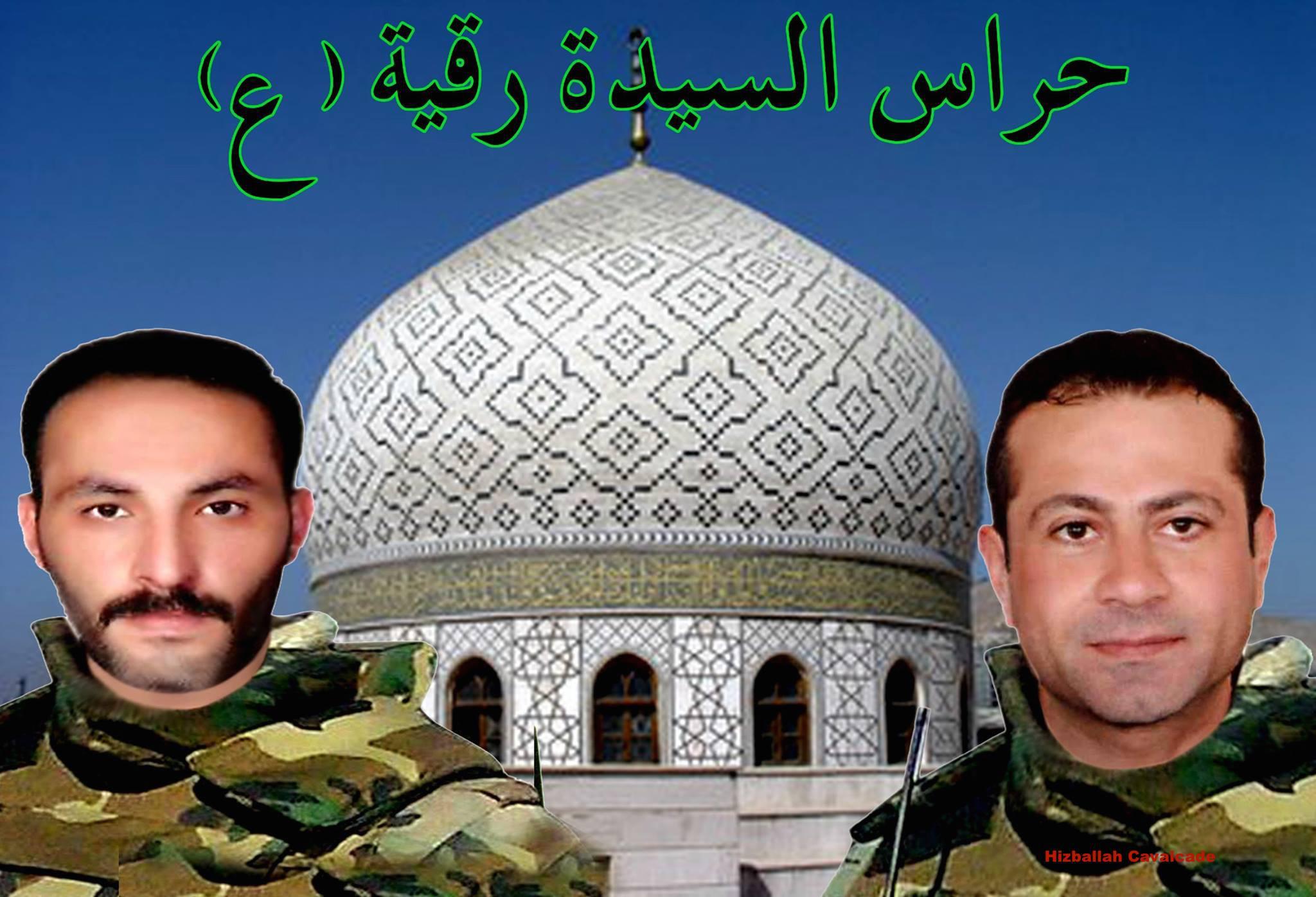
Figure 4: A “martyrdom” poster featuring killed Liwa al-Sayyida Ruqayya members under the header, “Huras al-Sayyida Ruqayya”.
Still, during this initial stage, there was more direct linkages to the NDF and the Assad regime. Images promoting pro-Assad Syrian nationalism were a regular feature. The second stage of development, which immediately followed (if not coincided with the first), was the addition of links to Lebanese Hizballah. “Martyrdom”
New video message from Jabhat al-Nuṣrah: "Arrest of the Fourth Cell of the Syrian Ḥizb Allah in Western Ghūṭah"

_______________
To inquire about a translation for this video message for a fee email: [email protected]
New video message from Jabhat al-Nuṣrah: "Syrian Refugee Camps in Jarūd 'Arsāl Between the Bombings and Injustices of the Lebanese Army and the Iranian Ḥizb al-Lāt"

_______________
To inquire about a translation for this video message for a fee email: [email protected]
New video message from Jaysh al-Fataḥ: "Targeting a Car of Commanders of the Party of Satan With a Guided Missile and Killing All of Them in the Area of al-Rahwah"
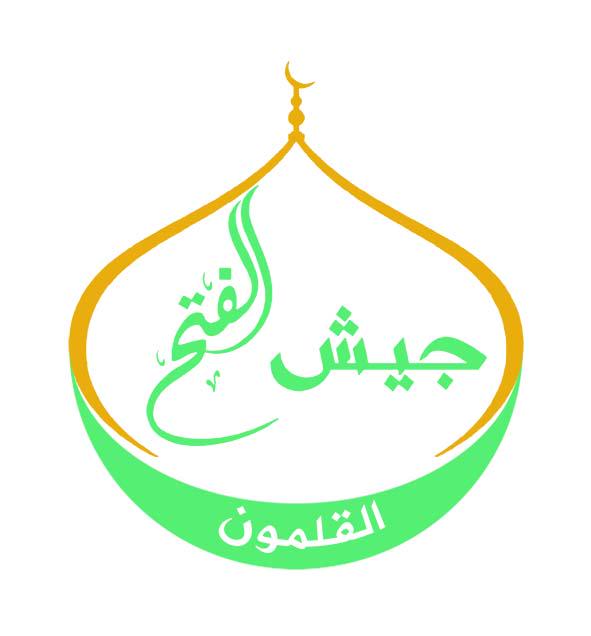
_________________
To inquire about a translation for this video message for a fee email: [email protected]
Jihadology Podcast: Syria Status Update with Charles Lister
Charles Lister comes on the show to discuss a wide range of topics related to the current situation in Syria:
- The background and evolution of Jaysh al-Fatah
- What Jaysh al-Fatah has meant to rebel and Jabhat al-Nusra victories in Syria
- The recent formation of a Jaysh al-Fatah branch in the south and what the southern front in the war currently looks like
- How the regime, Iran, and Hizballah have reacted to the changing military dynamics on the ground
- The recent fighting between the Kurds and the Islamic State in northern al-Raqqah governorate
Links:
- Charles Lister (@Charles_Lister) on Twitter
- Aaron Y. Zelin (@azelin) on Twitter
- Charles’ forthcoming book “The Syrian Jihad: Al-Qaeda, the Islamic State and the Evolution of an Insurgency,” which comes out on September 24
The show is produced by Karl Morand. If you have any feedback you can email [email protected] or find us on Twitter: @JihadPod
You can subscribe to the show in iTunes or with the show’s RSS feed.
Download this Episode (46.5 mb mp3)
New video message from Jabhat al-Nuṣrah: "Damaging a 57mm Canon of the Iranian Ḥizb al-Lāt With a Guided Missile"

_____________
To inquire about a translation for this video message for a fee email: [email protected]
New video message from Jabhat al-Nuṣrah: "Damaging a Launching Pad for Cornet Missiles Belonging to Ḥizb al-Lāt in al-Thalājah Hill in Jarad Flīṭah"

_______________
To inquire about a translation for this video message for a fee email: [email protected]
New video message from Jabhat al-Nuṣrah: "Destruction of 57 mm Canon of the Iranian Ḥizb Allah"

________________
To inquire about a translation for this video message for a fee email: [email protected]
Hizballah Cavalcade: Hizballah al-Abrar: The Latest Hizballah Franchise in Iraq
NOTE: For prior parts in the Hizballah Cavalcade series you can view an archive of it all here.
—
Hizballah al-Abrar: The Latest Hizballah Franchise in Iraq
By Phillip Smyth
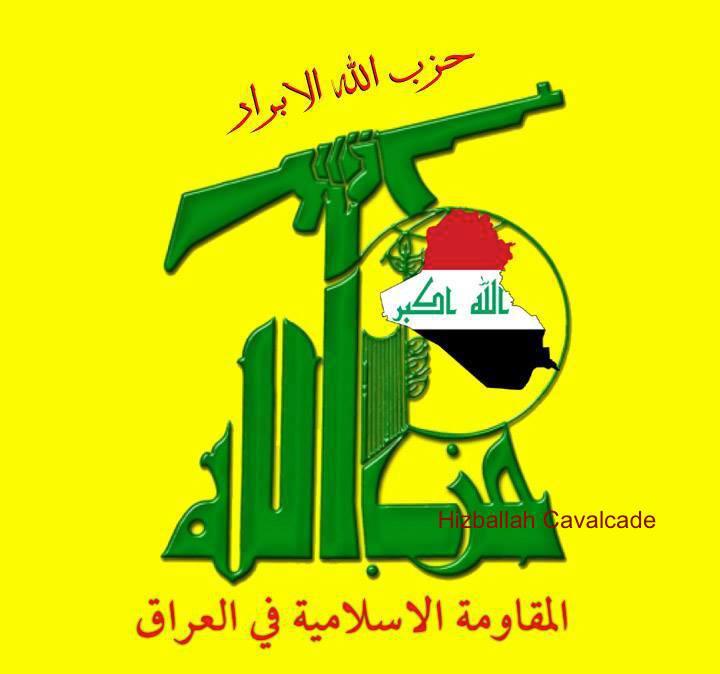
Figure 1: Hizballah al-Abrar
Hizballah al-Abrar (HAA or the Party of God of the Righteous) follows in the footsteps of a long line of new Shia militia organizations which have been announced in Iraq since June 2014. These groups often model their symbolism, organizational structures, and ideological profile on Lebanese Hizballah. Additionally, these groups commonly have strong links and at times have shared commanders with other established Shia militia proxies of Iran.
HAA is no exception, utilizing the official logo of Lebanese Hizballah with the addition of a stylized map of Iraq in the globe section of the symbol. The group, mirroring other Iranian proxy Shia groups in Iraq, Lebanon, and Syria, also refers to itself as “al-Muqawama al-Islamiyya fi al-Iraq” (The Islamic Resistance in Iraq). HAA has done little to hide its connections to Asa’ib Ahl al-Haq (AAH). If anything, HAA actually promotes the links. Furthermore, its connections to other organizations promoting Iran’s Khomeinist ideology have been featured in other photos.
HAA’s secretary general, Sheikh Fadhel al-Khaz’ali, has been prominently featured in the group’s propaganda releases and has been used to show the group’s links to Iran’s Iraqi proxy groups. In one photo, Khaz’ali is shown receiving an award from the Imam Khomeini Relief Foundation. In others, Khaz’ali is shown standing under the AAH banner.
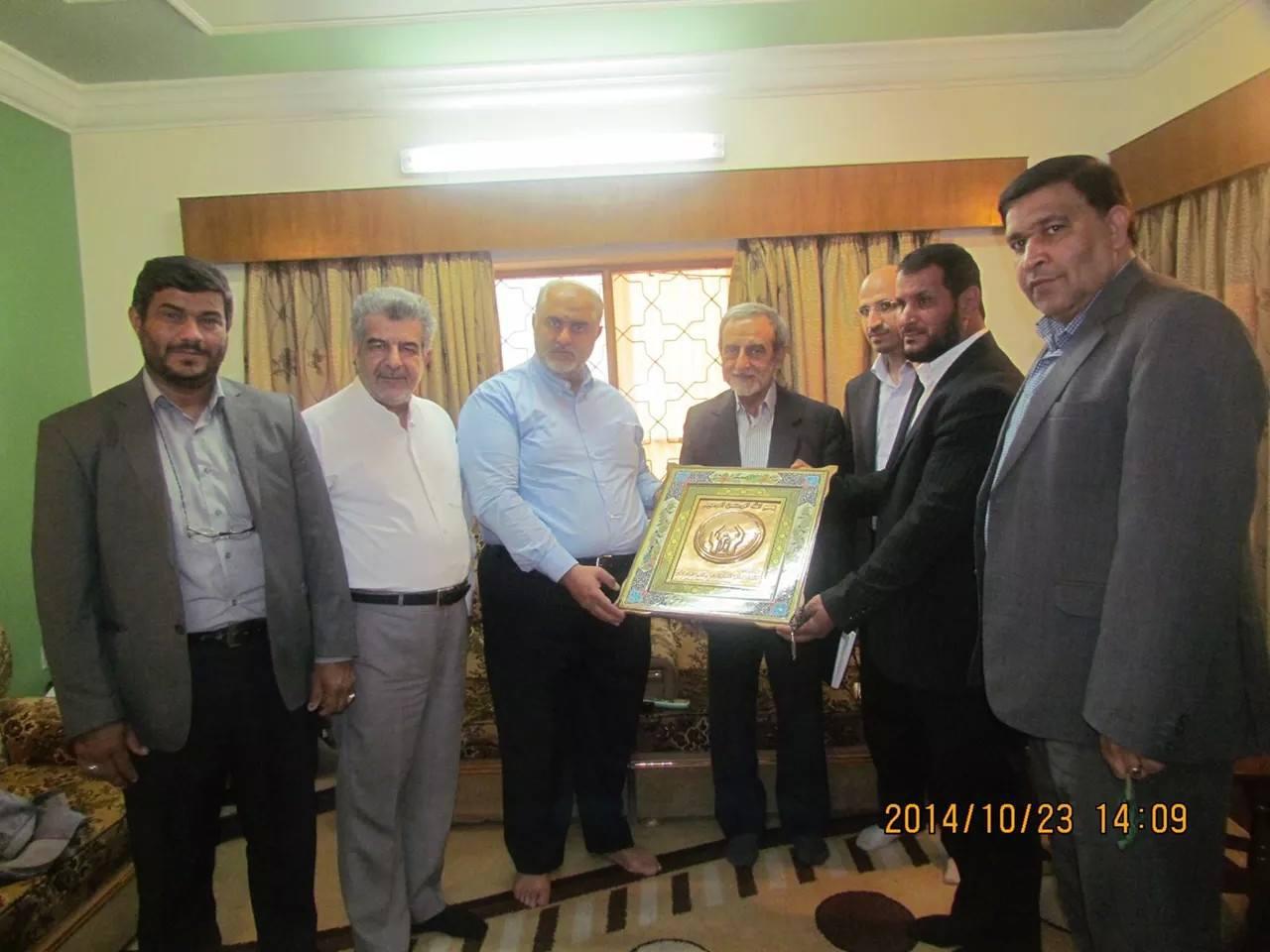
Figure 2: This photo claims to show Sheikh Fadhel al-Khaz’ali recieving an award from the Imam Khomeini Relief Foundation.
Following a social media model which had been replicated by other newer Shia militias in Syria and Iraq, HAA initially published easily created images showing the group’s new symbol. Later, photos claiming to show fighters from the group, a more official looking fighting force, complete with patches, flags, and official statements began to appear after the group’s initial appearance on Facebook in August.
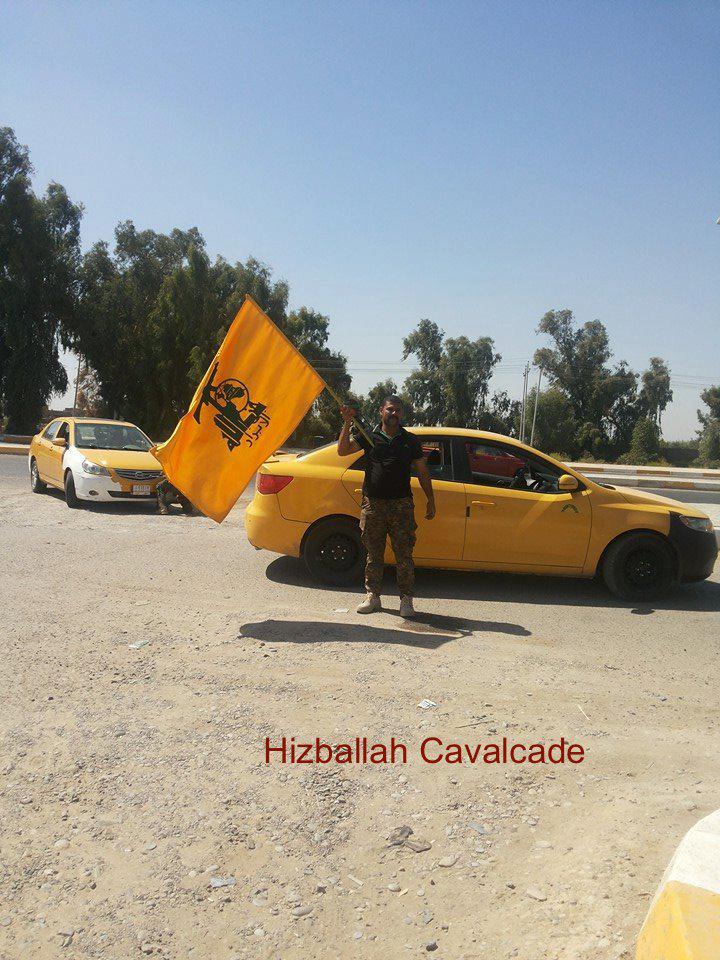
Figure 3: A HAA fighter holding the group’s flag. This picture claimed to show HAA fighters heading to the Battle of Amerli.
In terms of combat deployments, the group has claimed it sent fighters to Amerli, Diyala, Baghdad, and the key battlefront of Jurf al-Sakhr. In a video released on October 28, 2014, HAA combatants waved the group’s flag along with that of Karbala-based Shia militia, Firqat al-‘Abbas al-Qataliya – al-Dafa’ ‘an Muqadisat al-Iraq (The Abbas Fighting Group – Defenders of the Iraqi Holy Sites) in what appeared to be an impromptu celebration commemorating recent victories in Jurf al-Sakhr.
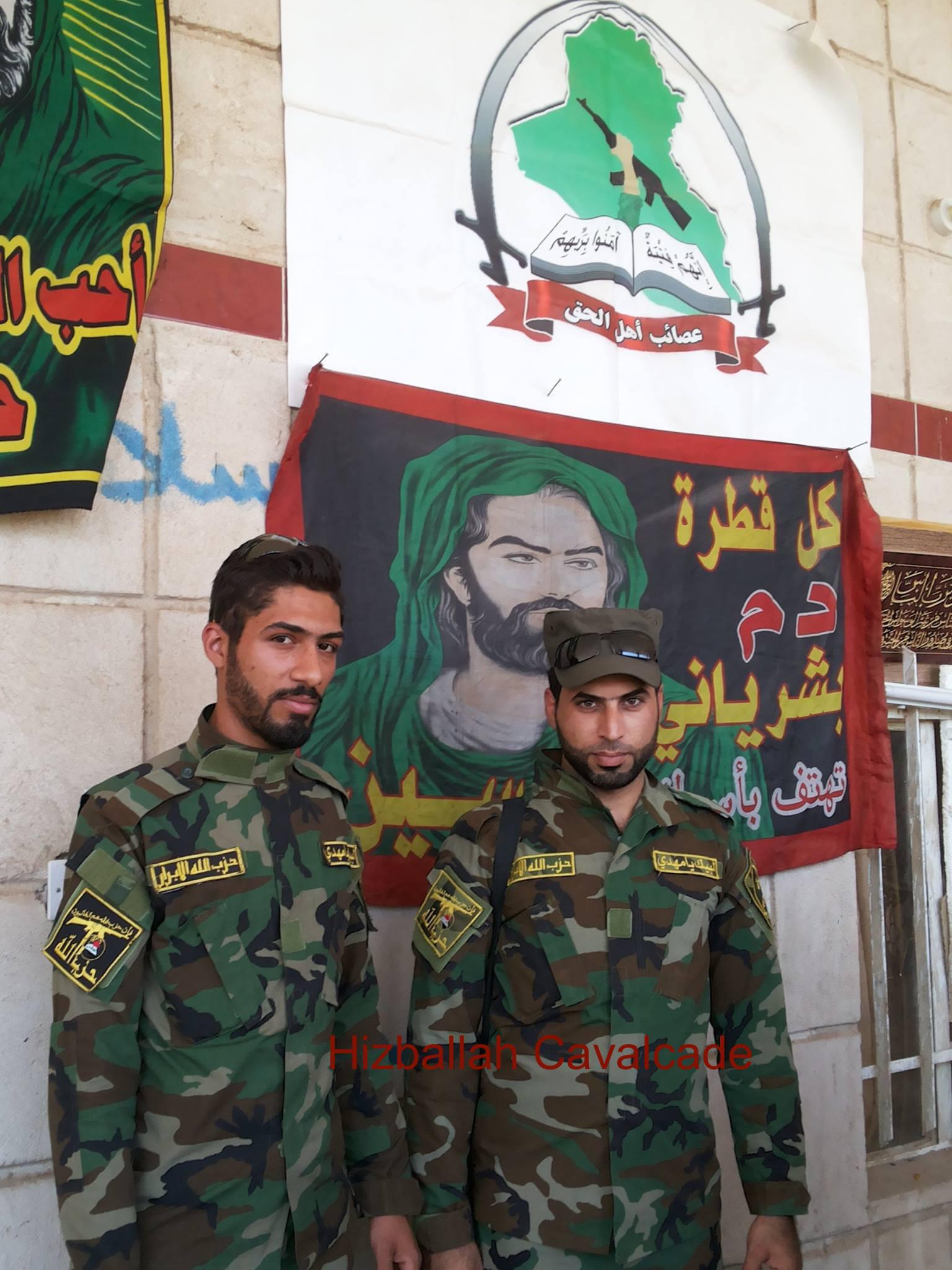
Figure 4: Two HAA fighters, Yasir al-Khazarji and Amir Sa’adi pose together under AAH and Shia religious banners. Note the HAA-specific arm patches.
Despite the fact that HAA has claimed to be positioned across diverse sections of Iraq, it has not stated the size of its force. Furthermore, the group’s quickly paced attempt to appear more professional online may demonstrate that the group will be further developed within Iraq’s Shia militia and political sphere. In fact, Sheikh al-Khaz’ali was pictured in an undated photograph with former Iraqi Prime Minister Nouri al-Maliki and other leaders from Iraq’s internal security forces and army.
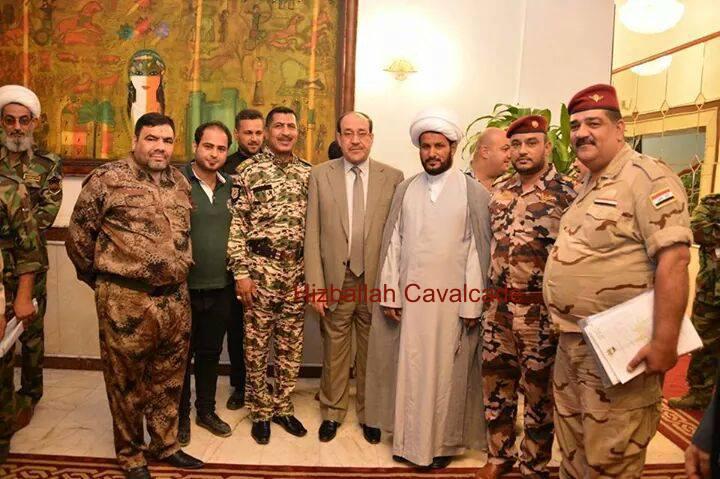
Figure 5(Right): Sheikh Khaz’ali is shown with a stylized Hizballah and Iraqi national flag.

Figure 6 (Left): Sheikh Fadhel al-Khaz’ali poses with former Iraqi Prime Minister Nouri al-Maliki and others.
Thus far, the group has released a number of official statements. Below, a translated version of one statement dealing with “rumors” about ISIS penetrations of Baghdad, gives insight into the group’s worldview, including their anti-U.S. positions and opinions on fighting ISIS.

Figure 7: HAA fighters gather for a photograph.
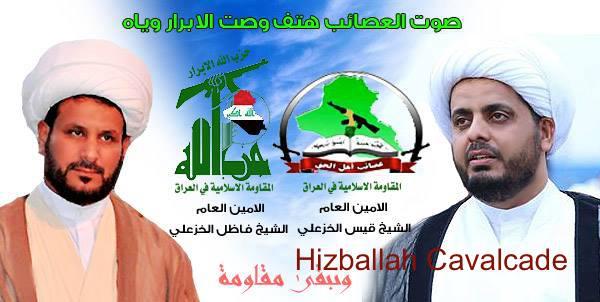
Figure 8: AAH and HAA leaders are pictured together.
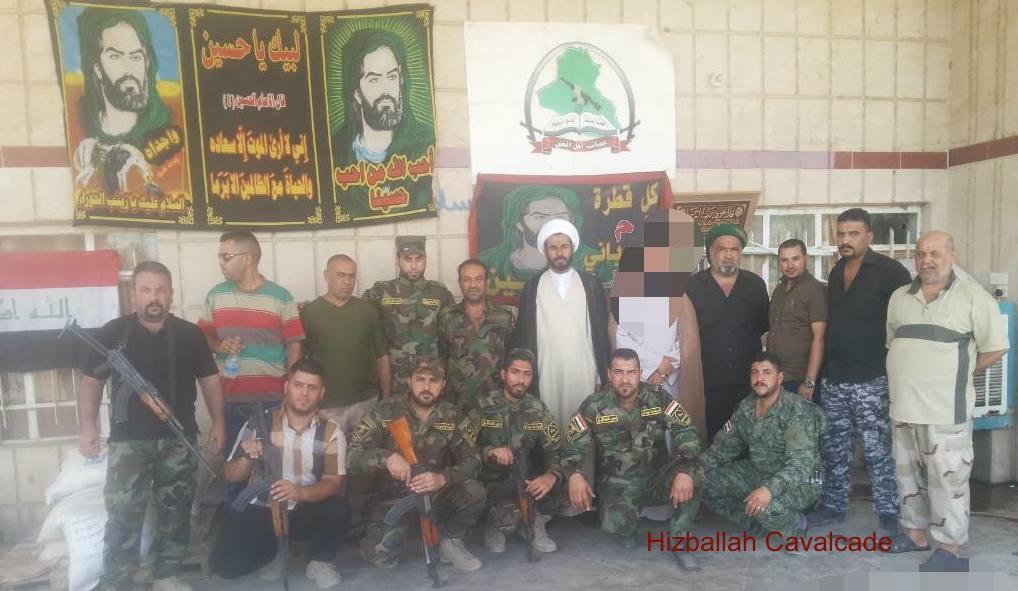
Figure 9: HAA central leadership and combatants pose under Shia religious and an AAH banner.

Figure 10: HAA announcement released on social media on October 18, 2014.
Translation of HAA’s October 18, 2014 Announcement*:
There are rumors on social media websites that ISIS is close to entering Baghdad and that there are tens of thousands [of ISIS fighters] steps away from the heart of the capital, while thousands of others are standing behind the gates. Rumors about Baghdad Airport being under fire, that the Americans were able to kick ISIS groups out from the outskirts of the airport, rumors that the belt of Baghdad will close up on the Sadr City and Al-Shu’ala, rumors that millions of residents will become refugees, and that the flag of ISIS will be set up in Khazimiya, in Sayyid Idris [an important Shia shrine south of Najaf] and in the area of Khamsa [a Baghdad neighborhood], Khamsin, or in Muzzafar Square [a central square in Sadr City]. Despite all of these rumors, the clowns, murderers, and killers from ISIS are not close to entering Baghdad. None of them [the rumors] represents a grain of truth.
These [rumors] represent a lost bet that aims to spread chaos, frustration, and misery among the majority of the Iraqi people. This fear mongering is an old method of psychological warfare, it also serves to allow certain material and symbolic games. Regarding the theory of ISIS closing up on Baghdad, the Americans might be the party that is the most excited along with ISIS, Arab countries, and members of the Sunni minority. What are the possibilities this gang will enter the capital and is there a possibility to achieve this?
By reviewing ground data in places where the terrorist organization has entered, such as Mosul, Anbar, some regions of Salah Ad-Din [province], and limited regions of Diyala, we find that it is impossible for ISIS to enter Baghdad, because Baghdad has taken the necessary security steps. Second, because the forces of the popular [militias] and jihadists groups, especially the Islamic Resistance in Iraq Hizballah al-Abrar in Baghdad, can send the terrorists back to hell within hours not days. The most important thing is that those who foster terror and sleeper cells in Baghdad, even if they move along with ISIS’s movement, will not be able to offer full strategic and security coverage for them, because those who foster these cells are based in limited areas which are under surveillance and observation.
Entering Baghdad is not easy and there is no way to be convinced that it will happen quickly and easily. Especially if we want to keep in mind all of the facts on the ground and take into consideration the strength of the defending group, especially since there is proof that crushing ISIS is a likelihood. As is the case in Amerli, Samarra, and areas inhabited by most of the Iraqi people, the main factors which helped ISIS to reach Nineveh [Province] and Ramadi and some regions here and there, is not the strength of ISIS but because of [their sneaky behavior] betrayal. They are betraying these regions by conspiring with murderers and criminals under sectarian and vengeful pretexts. ISIS cannot come close to the walls of Baghdad because the forces which are defending Baghdad and consisting of Hizballah al-Abrar, the forces of the popular movements, and the holy warriors in all jihadist cells, along with governmental and security forces, supported by the heroes of Iraqi Air Force, can confront any attempt to take Baghdad. The fate of ISIS will be failure, especially because the defenders of Baghdad have more privileges than the attackers…we ask God to protect us and the Iraqi people.
* Some sections have been edited so there is better flow in English. Additionally, ISIS is referred to as “Da’ish” in the original statement.
